As is said previous, you might not need celery. Here's an example derived from case 2 of this: https://zapier.com/blog/async-celery-example-why-and-how/. It's fully working for me:
from time import sleep
import json
from django.http import HttpResponse
from django.shortcuts import render
def main_view(request):
return render(request, 'index.html')
def ajax_view(request):
sleep(10) #This is whatever work you need
pi1 = "This is pi1" #I just made pi1/pis1 random values
pis1 = "This is pis1"
context = {
"pi1" : pi1,
"pis1" : pis1,
}
data = json.dumps(context)
return HttpResponse(data, content_type='application/json')
My index.html contains:
<!DOCTYPE html>
<html lang="en">
<head>
<meta charset="utf-8">
<title>Main View</title>
<script src="//code.jquery.com/jquery-1.11.3.min.js"></script>
<script>
$(document).ready(function(){
$.ajax({
url: "/test_ajax/",
}).done(function( data) {
$("#pi1").text(data.pi1);
$("#pis1").text(data.pis1);
});
});
</script>
</head>
<body>
<h1 id = "pi1">Loading</h1>
<h1 id = "pis1">Loading</h1>
</body>
</html>
And my urls.py contains:
from django.conf.urls import include, url
from django.contrib import admin
from testDjango.test import main_view, ajax_view
urlpatterns = [
url(r'^admin/', include(admin.site.urls)),
url(r'^test/', main_view),
url(r'^test_ajax/', ajax_view)
]
What happens when I visit localhost:8000/test/ is that I instantly see:

After about 10 seconds, I then see:

The idea is that you return your page instantly and use jquery to fetch the result of the operation whenever that's finished and update your page accordingly. You can add more things like progress bars/loading image etc. For your example, you can do the processing for pi1 and pis in the background and load it into the HTML after that's finished.

